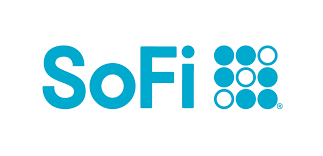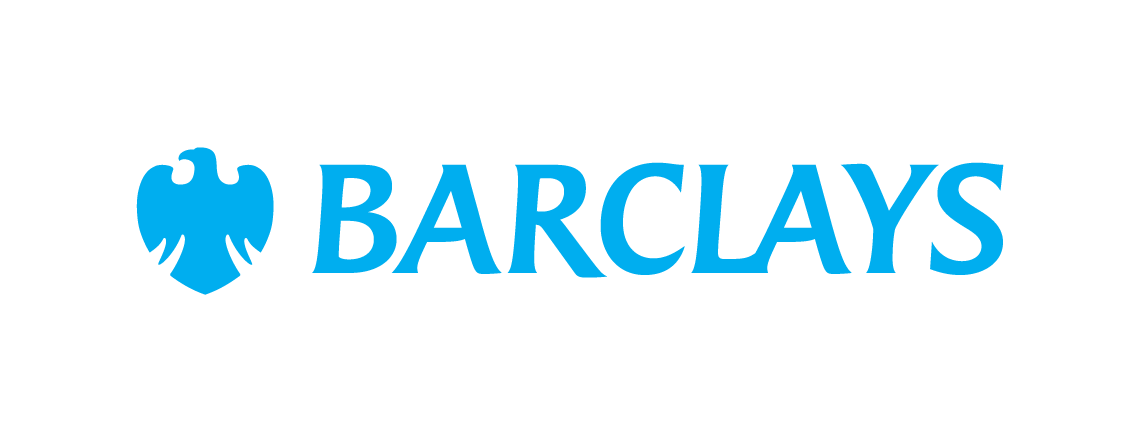Dave Ramsey Said These Are the Biggest Downsides of High-Yield Savings Accounts. Can You Overcome Them?
KEY POINTS
- Dave Ramsey noted that interest rates on high-yield savings accounts don't keep pace with inflation.
- You may also have to settle for an online-only bank.
- That great interest rate also fluctuates over time -- and can go down.
High-yield savings accounts can be a great place to keep some of your money.
These accounts pay a better interest rate than most savings accounts. And, they are typically FDIC-insured so you don't have to worry about incurring any risk when you put your cash into one of them. This is unlike a brokerage account, where you invest your money and face the potential for losses if your investments perform poorly.
But, while there are benefits to high-yield savings accounts, there are also some big disadvantages. Finance expert Dave Ramsey identified three downsides, so check them out -- along with some ways to overcome them.
1. The rate they pay makes them a poor long-term investment
The first big downside Ramsey points out is that long-term savings accounts aren't very good at helping you ensure your money is growing in value, or at least retaining its value even as the price of goods and services goes up.
"Though high-yield savings accounts provide a much higher rate of return than traditional savings accounts, they're still lousy for long-term investing," Ramsey said. "Even if a bank offers a rate of 3% or more, it doesn't come close to the 10% --12% rate of return that good mutual funds with long track records of success have historically averaged."
Ramsey explained that you should put money into a brokerage account if you won't need it for at least five years. And, he's absolutely right about that. Money only belongs in a high-yield savings account if you will need to access it quickly and cannot afford to wait out a market downturn if one happens shortly after you invest.
To avoid this downside of a high-yield savings account, be careful how much you keep in this account type. You should have your emergency savings in a high-yield savings account as well as money for purchases you plan to make very soon, such as for an upcoming vacation. But retirement savings and any other money you're putting aside for longer-term goals should be in a brokerage account and invested in assets that provide a better return on investment.
2. Your interest rate can fluctuate over time
Ramsey also warned that while your account may pay a high rate when you first open your savings account, this may not be the case over the long-term.
"Did you find a great high-yield savings account with an online bank offering a 3.5% interest rate? Well, it may not last long. Banks can change their interest rates for savings accounts whenever they want, which means your rate isn't a long-term (or even short-term) guarantee," Ramsey warned.
You can easily overcome this downside, though. You can simply check your bank's rate every few months or so and compare it to what competitors are offering. If you find an account with a noticeably better rate, transferring your money is usually done easily with a few clicks online.
3. You're likely to find the best accounts at online-only banks
Finally, Ramsey said the last big downside of high-yield savings accounts is that you're likely not going to have access to a brick-and-mortar location.
"They're usually online only," Ramsey said. "But if you like being able to talk to your bankers face-to-face and make deposits in person, then getting a high-yield savings account through an online bank may not be your cup of tea."
This isn't a big downside to worry about, though, since you can do your other banking at a local bank if you want -- and you're likely to have much more interaction with the bank where you have your checking account rather than your savings account. After all, this is where your paycheck will be deposited and your bills will be paid from.
So, while these are downsides, none of them are serious enough that they should prevent you from putting money into a high-yield savings account. And all of them can be easily overcome with just a minimum amount of effort on your part.
These savings accounts are FDIC insured and could earn you 11x your bank
Many people are missing out on guaranteed returns as their money languishes in a big bank savings account earning next to no interest. Our picks of the best online savings accounts could earn you 11x the national average savings account rate. Click here to uncover the best-in-class accounts that landed a spot on our short list of the best savings accounts for 2024.
Our Research Expert
We're firm believers in the Golden Rule, which is why editorial opinions are ours alone and have not been previously reviewed, approved, or endorsed by included advertisers. The Ascent does not cover all offers on the market. Editorial content from The Ascent is separate from The Motley Fool editorial content and is created by a different analyst team.
Related Articles
View All Articles
